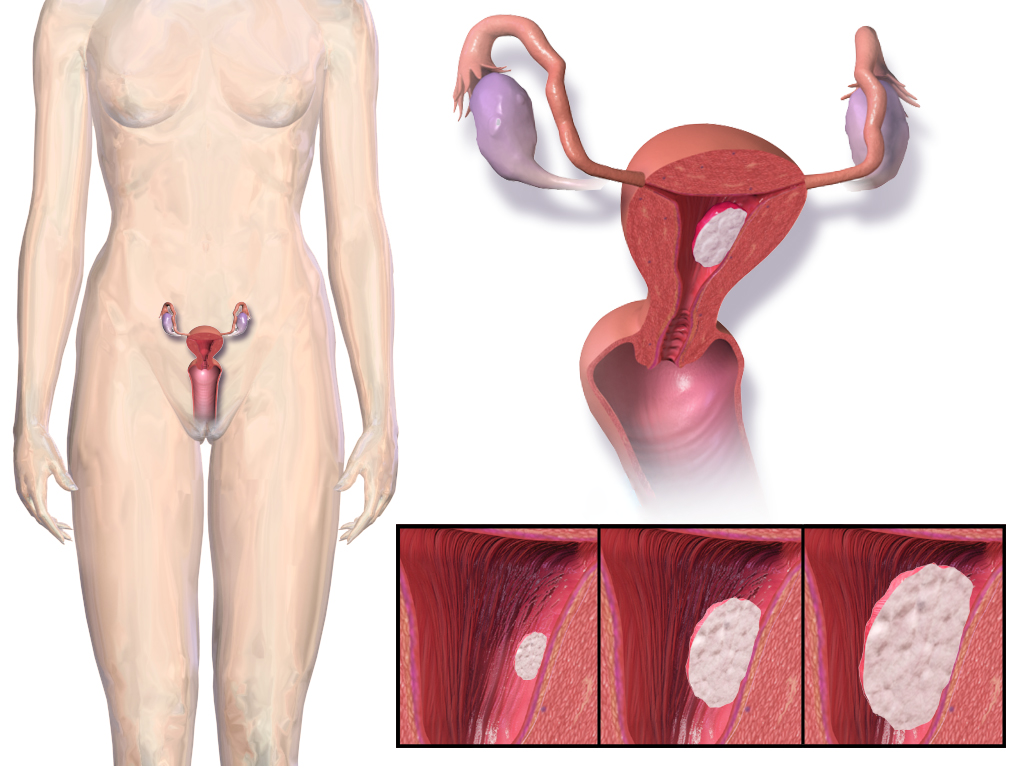What is endometrial cancer (EC)?
Endometrial cancer arises from the lining of the uterus. It is the fourth most common malignancy among women in the United States, with an estimated 49,500 new cases and 8,200 deaths in 2013. Classically there are two types of endometrial cancer, endometrioid adenocarcinoma (EAC), or Type I; and uterine papillary serous carcinoma (UPSC), or Type II.
Most cases of endometrial cancers are endometrioid adenocarcinomas (EAC) and are of low grade and diagnosed at an early stage, with a 5-year survival rate of greater than 85% . Uterine papillary serous carcinoma (UPSC), an aggressive histologic subtype of endometrial cancer, represents less than 10% of all endometrial cancers. However, UPSC accounts for more than 50% of recurrences and deaths attributed to endometrial carcinoma.

Endometrial cancer epigenome
EAC and UPSC exhibit distinct DNA methylation levels in promoters of many genes. In EAC, many tumor suppressor genes were silenced due to DNA hypermethylation at their promoter region. However, promoters of many of these genes remained unmethylated in UPSC. We described complete DNA methylome maps of endometrioid adenocarcinoma, uterine papillary serous carcinoma, and normal endometrium, by applying a combined strategy of methylated DNA immunoprecipitation sequencing (MeDIP-seq) and methylation-sensitive restriction enzyme sequencing (MRE-seq).
Data description and accession
Currently, all endometrail cancer epigenetic data could be browsered at EC in WashU EpiGenome Browser
The Differentially methylated regions (DMRs) identified in endometrial cancer could be downloaded now:
DMRs identified in endometrial adenocarcinoma(EAC DMRs)
DMRs identified in uterine papillary serous carcinoma(UPSC DMRs)
The endometrial cancer shared-DMRs (EC-shared DMRs)
The endometrial adenocarcinoma type-prefered DMRs (EAC tpDMRs)
The uterine papillary serous carcinoma type-prefered DMRs (UPSC tpDMRs)
DNA methylation
MeDIP-seq and MRE-seq were appled to detect complete DNA methylomes in 3 EC patents samples and 3 UPSC patents samples. As control, pooled normal endometrium were also analyzed by MeDIP-seq and MRE-seq (Maunakea et al. 2010). DMRs were identified by methylMnM (Zhang et al. 2013)
Copy number variation
CNV analysis was performed on the Affymetrix SNP6.0 platform for each EC samples.
Related reference
The Human Epigenome Browser at Washington University. Nat Methods 2011, 8(12):989-990